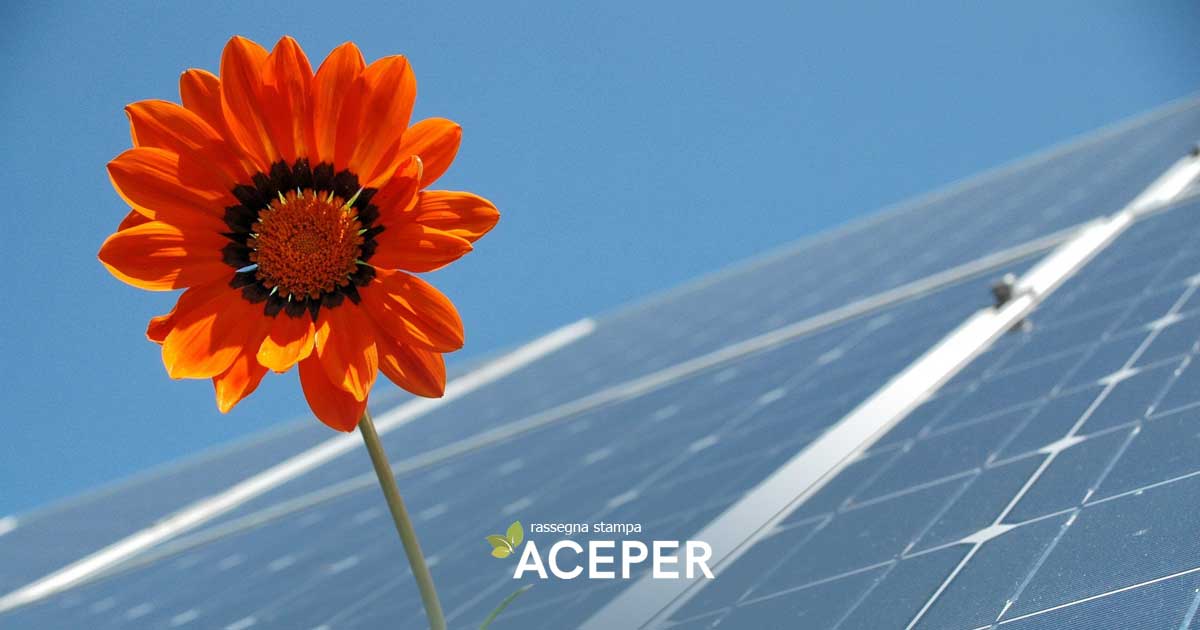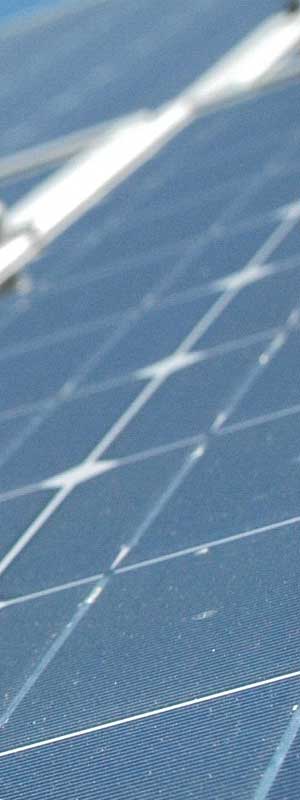2 February 2023

In the first 9 months of 2022, the Italian photovoltaic sector recorded record numbers: 12,000 new installations, totaling 1.6 GW, a level of activity not seen since 2013, during the time of the last Energy Account.
In the first 9 months of 2022, the Italian photovoltaic sector recorded record numbers: 12,000 new installations, totaling 1.6 GW, a level of activity not seen since 2013, during the time of the last Energy Account. This was revealed by the latest statistical Outlook from GSE (InFotovoltaico), which also states that as of September 30, 1,140,000 plants are in operation, a 12% increase compared to the end of 2021.
Just under half of the installations belong to the industrial sector (with 51% of total installed capacity), followed by the tertiary sector (20%), residential (18%), and agriculture (11%). 35% of the installations are ground-mounted (occupying 15,800 hectares of land) while 65% are on buildings, roofs, coverings, etc.
The growth, which follows eight years of relative stability in the sector, affects all plant size classes, all regions, and the main cities of the country: among these, Piedmont is the region that produces the most electricity from photovoltaics, followed by Lombardy and Veneto, as confirmed by research from the Association of Consumers and Producers of Renewable Energy (Aceper).
Among the provinces, Lecce stands out with a performance of 1,100 operating hours, averaging 4 hours/day.
However, there are also specific challenges and issues, especially for owners of photovoltaic systems and operators in the sector: this is revealed by research from Raptech (https://www.raptech.it/), a company operating in the Renewable Energy market for over 15 years, offering technology, IT technical support, monitoring systems, and asset management for plants.
Thanks to the digital transformation of energy, it is possible to increase efficiency in the management of photovoltaic assets. Asset management can require a series of repetitive operations that, if automated, can lead to a remarkable improvement in both time and quality of results. Raptech’s research measured a reduction in the time spent on these activities ranging from 80% to 95%. This greater efficiency also translates into an almost total reduction of cash imbalances due to issues with the provision of contributions or the sale of energy.
For this reason, the company has long launched Remote Meter Reading on the market, a web tool based on the proprietary R-Cloud platform, with online access to all data and the ability to download in standard format. It performs daily readings of the “load curve” and all registers available via GSE modems, with production values on a quarter-hour basis, automatic comparison with the Enel Distribution Portal, and automatic control of GSE payments.
“Energy digitization,” confirms Marco Berliocchi, CEO and Cofounder of Raptech, “is an important step towards the energy transition as well as an indispensable tool to increase the efficiency of producing companies.”
See here the article from DCM Magazine dated 18/01/2023
“Source DCM Magazine”

Press review
For information


